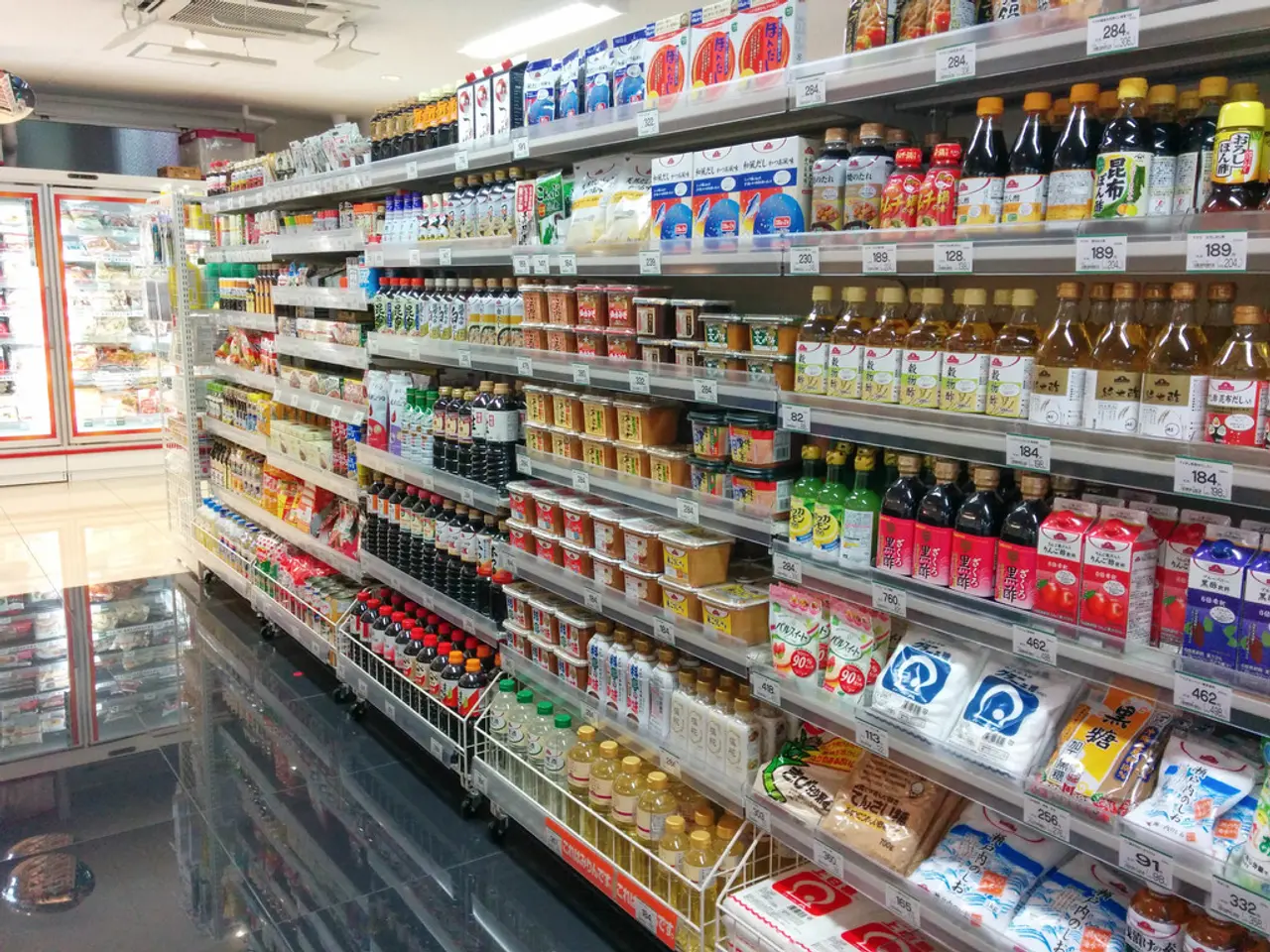New York City is experiencing higher inflation rates than the national average, primarily due to the increase in expenses such as rent, tuition, and child care costs.
New York City Inflation Rate Higher Than National Average, According to Consumer Price Index Report
The latest Consumer Price Index (CPI) report, released by the Bureau of Labor Statistics on Tuesday, has shown that the inflation rate in the New York City area is higher than the national average.
The CPI in New York City stands at 3.2%, compared to the national average of 2.7%. This is a concerning development for residents, as it means the cost of living in the city is increasing at a faster pace than the rest of the country.
One factor contributing to this rise in inflation is the increase in energy costs. Despite a sharp drop (11.4%) in the price of gas at New York-area pumps, the price of local energy rose 3.9%, significantly higher than the U.S. average, which fell 1.6%. The aggregate rise in energy costs is due to higher natural gas and electricity prices.
The cost of groceries locally also rose by 3.5%, higher than the 2.2% increase nationally. Meanwhile, the price of medical care in New York went up less than 2%, while it increased by 3.5% nationally.
The "Core" CPI, which measures inflation without the more volatile costs of food and energy, is rising at its fastest rate in five months. This suggests that inflationary pressures are broad-based, not just limited to the energy and food sectors.
The rise in CPI is largely attributed to an increase in housing costs, with rent up 4.7% in New York and the region compared to 3.9% nationally. Tuition and child care costs in New York increased by 5.9%, outpacing the 3.5% national increase.
However, the news is not all negative. Since pre-COVID times, New York City has seen 22.5% inflation, marginally lower than the national rate of 24%. The city's Economic Development Corporation stated that New York City has a lower rate of inflation since pre-pandemic times than Miami, Atlanta, and Dallas, but a higher rate than Boston, San Francisco, and Houston.
Despite the mixed scenario regarding the effects of the Trump administration's tariffs on consumers, markets rose in the wake of the consumer price report.
The city's Office of Management and Budget anticipates that inflation in New York City will outpace the national rate in 2025, by 3.9% to 3.2%. Similarly, for 2026, the local rate is expected to be 2.8%, compared to the national rate of 2.6%.
The cost of living in the city has eased somewhat from the steep rates of change in recent years, when it was as high as 6% in 2022 and over 4% through much of last year. However, the latest report suggests that inflationary pressures are still a concern for residents and businesses in New York City.
Read also:
- Discusses Rasmus Sojmark's thoughts on the Legends Charity Game before SBC Summit
- Stone mining has transformed the once renowned 'Sada Pathor' into a desolate, post-apocalyptic landscape.
- The Developmental Journey of Digital Supply Chains
- In the Heart of Soho, Manhattan, a New Brewery Emerges Underground




